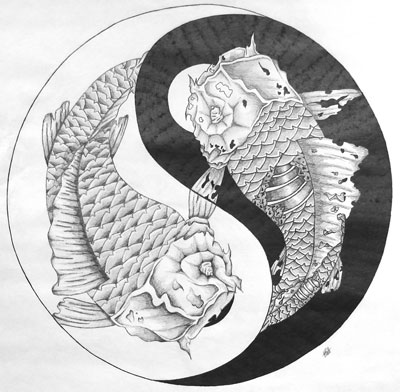All Nonfiction
- Bullying
- Books
- Academic
- Author Interviews
- Celebrity interviews
- College Articles
- College Essays
- Educator of the Year
- Heroes
- Interviews
- Memoir
- Personal Experience
- Sports
- Travel & Culture
All Opinions
- Bullying
- Current Events / Politics
- Discrimination
- Drugs / Alcohol / Smoking
- Entertainment / Celebrities
- Environment
- Love / Relationships
- Movies / Music / TV
- Pop Culture / Trends
- School / College
- Social Issues / Civics
- Spirituality / Religion
- Sports / Hobbies
All Hot Topics
- Bullying
- Community Service
- Environment
- Health
- Letters to the Editor
- Pride & Prejudice
- What Matters
- Back
Summer Guide
- Program Links
- Program Reviews
- Back
College Guide
- College Links
- College Reviews
- College Essays
- College Articles
- Back
Panda-monium
As a world explorer, I like to see all of the exotic sites a place has to offer, as long as it is in a safe and controlled environment. With this in mind, when I was in China (in some city with a name I can’t even begin to pronounce), I ventured into the Giant Panda’s natural habitat: the local zoo.
When I first laid eyes on the plump, fluffy, black and white bears munching on watermelon slices in the corner of the exhibit, I couldn’t help but grin. I recalled that a recent scientific study performed by the International Institute to Further the Study of Indigenous Asian Fluffy Mammals (IISIAFM for short) had discovered that Giant Panda Bears spend an average of 95% of their day being cute, with the other 5% spent eating and sleeping.
This lifestyle was working pretty well for them until the lush bamboo forest they once called home caught a fatal disease: humans. The symptoms included the development of infections such as hydropower plants and intensive agricultural areas in the lowlands. Despite the pandas’ best efforts to rid their habitat of this fast-spreading illness through programs such as the “Kill them with Cuteness Act”, the humans could not be eradicated, and soon the pandas’ numbers dwindled.
Although the “Kill them with Cuteness Act” was not as effective as initially planned, it was not a complete failure, as it did garner some support from humans who were susceptible to the classic “panda pout”. Thanks to an alliance with the World Wildlife Foundation, the pandas are now an international symbol of conservation, and their numbers are slowly recovering. However, a new movement claiming that pandas should be left to face extinction because they are slow to reproduce and deemed “evolutionarily challenged” is on the rise.
One of the main arguments of this movement is that pandas are reluctant to reproduce and that even when they do, there are only one or two cubs per litter. The proponents claim that it is nearly impossible for the panda population to recover because the advances of males irritate females. Although based on this criterion alone perhaps humans are “evolutionarily challenged” as well. Interestingly, most proponents of this anti-panda movement are 50-year old bachelors.
Although pandas may seem slow and irrelevant to our lives, they want the same things we do, and have arguably been better able to obtain them. Perhaps the movement against them stems from jealousy. After all, what human wouldn’t want to spent a large majority of their existence sleeping, eating, and being adored by people for their mere existence? Even better, pandas aren’t encumbered by the wish for a slim figure or job security.
So remember, just because a panda’s sweet lifestyle can incite jealousy doesn’t mean that they should be allowed to go extinct. After all, if those 50-year old bachelors carried around a wallet-sized picture of a panda maybe they wouldn’t be so grumpy all the time, and maybe the world would be a little bit happier.

Similar Articles
JOIN THE DISCUSSION
This article has 0 comments.
